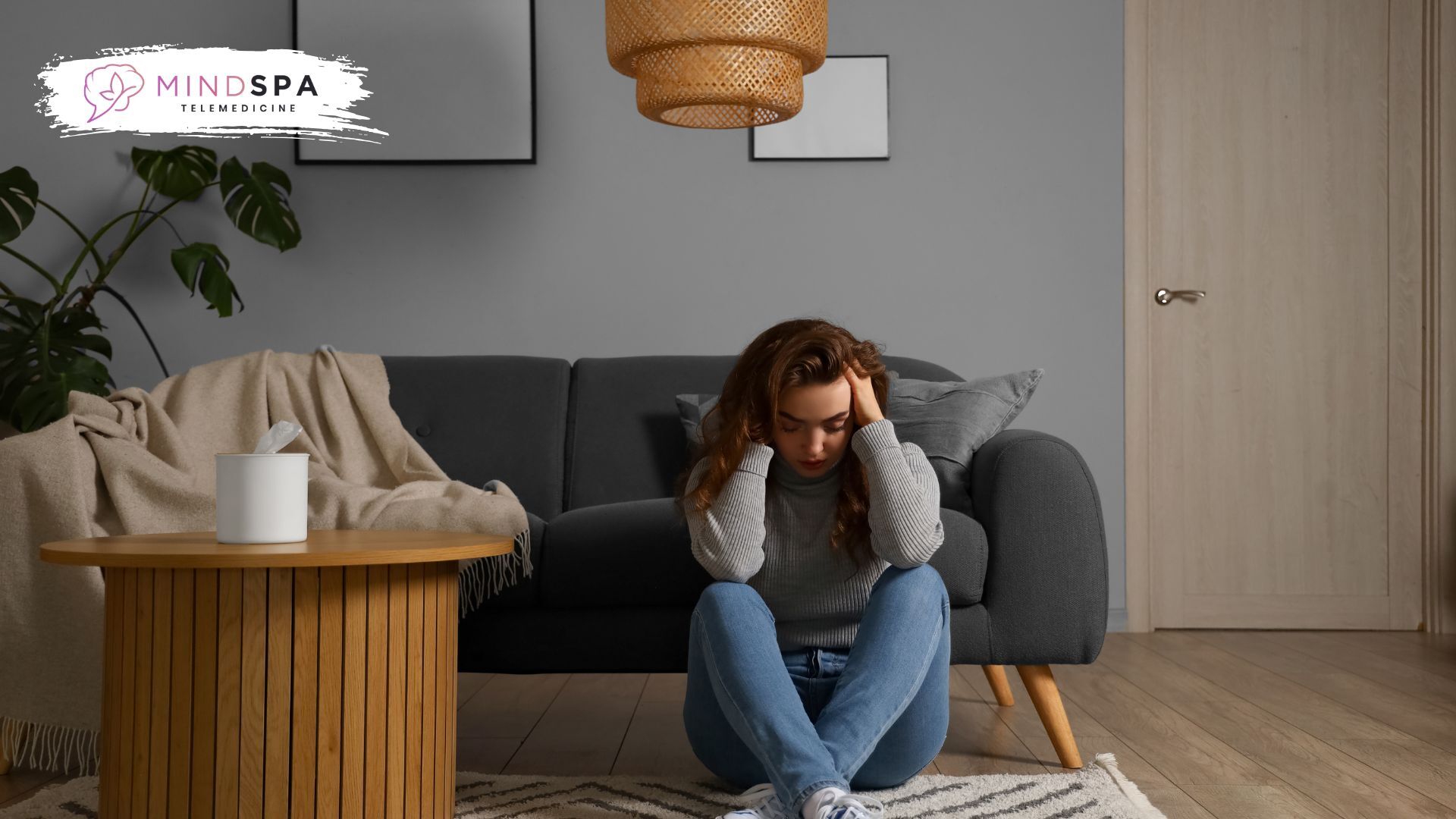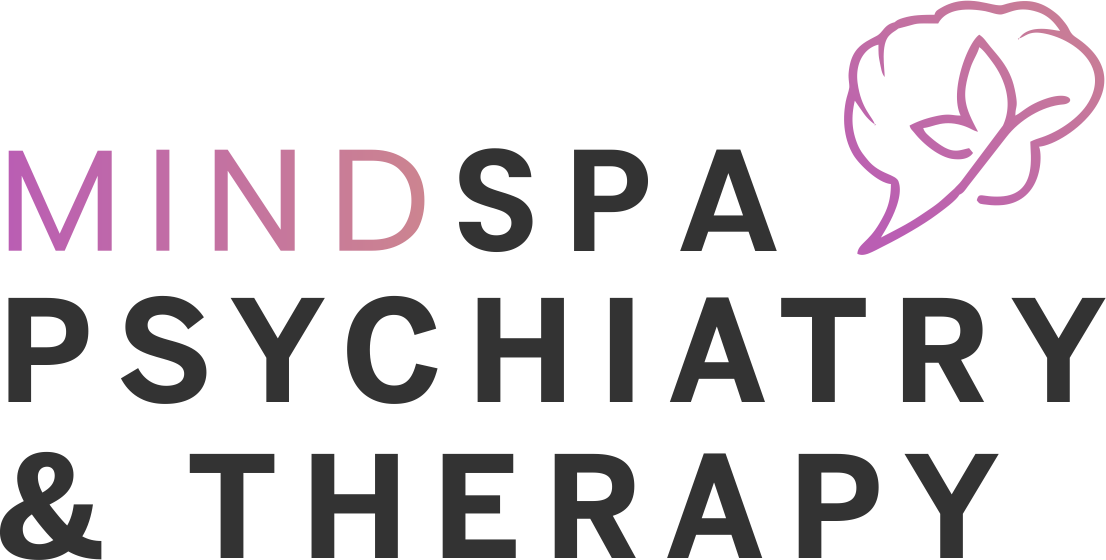According to the Anxiety and Depression Association of America, about 40 million adults in the United States experience anxiety every year, and more than 28.8% of these adults experience clinically meaningful anxiety symptoms. This means that almost one in three people experience it, making it a common mental illness. Panic attack, on the other hand, is a type of anxiety disorder affecting about 4.7% of adults in the United States at a certain point in their lives.
So, if you feel overwhelmed by anxiety or panic attacks, you are not alone. All you need is professional help by booking consultations with an expert who will create a personalized treatment plan for you based on your goals and unique needs.
In this blog, we will explore the difference between a panic attack and an anxiety attack so individuals can properly understand the role of experts such as Mindspa in conquering anxiety and panic attacks with treatment and properly understand the difference between them.
What is a Panic Attack?
Panic attacks are sudden and often involve overwhelming and intense fear. Additionally, they are accompanied by challenging symptoms such as nausea, breath shortness, and racing heartbeat. According to the DSM-5-TR, panic attacks are either expected or unexpected.
Expected panic attacks are caused by external stressors like phobias. Unexpected panic attacks occur without obvious cause. Panic attacks can happen to anyone. However, an increased number can indicate panic disorder, which is a mental health condition that is often identified by repeated and sudden panic attacks. When it gets to this level, it is best to consider consulting with a professional such as MindSpa Psychiatry & Therapy to get treatment.
How Does a Panic Attack Feel?
During panic attacks, you might feel like you are having a heart attack, losing control, going to die, detached from your surroundings, impending sense of doom, and observing yourself from outside your mind or body.
Other than these, panic attacks can be identified by physical symptoms like sweating, shaking or trembling, rapid breathing, pounding heart, dizziness, stomach pain or feeling of knots in your stomach, nausea, breath shortness, chest pain, or tightness.
What is an Anxiety Attack?
In the DSM-5-TR, also called the Diagnostic and Statistical Manual of Mental Disorders, 5th edition, text revision, anxiety attacks are not listed as a stand-alone diagnosis. However, the text lists anxiety disorders, including conditions such as specific phobia, social anxiety disorder, agoraphobia without a history of panic disorder, separation anxiety disorder, panic disorder, and generalized anxiety disorder.
Anxiety is commonly related to the handling or anticipation of stressful events, experiences, or situations. When the symptoms occur suddenly and intensely, you might call them an anxiety attack, when you might be describing panic attacks instead of an episode of anxiety. Anxiety can be treated by consulting with MindSpa Psychiatry & Therapy.
How Does a Anxiety Attack Feel Like?
The symptoms of an anxiety attack often include physical sensations like stomach ache and chest tightness, mood changes like irritability, anger, or sadness, trouble sleeping, and overwhelming worry.
Differences between a Panic Attack and an Anxiety Attack
The symptoms of a panic attack and an anxiety attack are quite similar, so individuals often find it hard to tell them apart. Let’s find out some ways you can distinguish between both.
- Panic attacks usually happen with a trigger, but it can also happen without one. On the other hand, an anxiety attack is a response to a perceived threat or stressor.
- Panic attack symptoms usually appear suddenly. Conversely, the feeling of anxiety might build up with time.
- Panic attack symptoms are often disruptive and might involve a sense of detachment. However, the symptoms of anxiety attacks usually vary in intensity from severe to mild.
- Lastly, Panic attack symptoms usually subside after a few minutes, while anxiety attack symptoms persist for longer periods.

What are the Triggers of a Panic Attack and an Anxiety Attack
One of the bases for the diagnosis of panic disorder is that it doesn’t have specific triggers since it happens suddenly and unexpectedly. Some individuals experience panic attacks due to specific phobias. For instance, an individual with a significant fear of snakes might experience a panic attack when they see one. In some individuals, this anticipatory fear can trigger a panic attack. On the other hand, anxiety attack triggers include stress buildup, which can occur due to various causes such as work pressure, natural disasters, job loss, harassment, etc.
What are the Causes of These Attacks
The definite cause of anxiety attacks and panic attacks is not clear. These disorders can be developed due to a combination of external, medical, and genetic factors. Additionally, you can experience anxiety attacks and panic attacks due to unpredictable or predictable threats that might be either perceived or real. You might experience anxiety attacks and panic attacks due to the following:
- Stimulant overuses like caffeine.
- Trauma trigger exposure, medication side effects
- Phobias
- Chronic pain or conditions
- Withdrawal from alcohol or drugs
- Environmental stressors

When is the Best Time to Seek Help for Anxiety Attacks and Panic Attacks?
Anxiety is a beneficial and natural response that occurs when you experience intense daily stress, are afraid of an upcoming event, or are faced with a dangerous situation or event. When you feel anxious, the body usually releases hormones that give you sharp focus and energy for dealing with the situation.
The body is then restored to normal after the situation. Anxiety becomes an issue when it causes you uncontrollable and frequent worry or fear, makes you change your daily routine just to avoid anxiety, sticks around when you are not facing an upcoming or current dreaded situation, and prevents you from fulfilling your family, work, and social responsibilities.
When anxiety or panic attacks become constant or frequent and affect or overwhelm you in any way, then it is time to seek help from MindSpa Psychiatry & Therapy.
Conclusion
Whether you are suffering from anxiety attacks, panic attacks, or both, it is crucial that you know what you are dealing with. These two conditions can be quite challenging to distinguish since they both cause physical symptoms and can leave you feeling overwhelmed or scared.
The understanding of the differences between a panic attack and an anxiety attack is crucial for proper diagnosis and treatment. If you are looking to learn more about the difference between a panic attack and an anxiety attack, then this website has all the answers you might need.
Related Questions
How do I know if I had an anxiety or panic attack?
Anxiety can cause physical symptoms such as stomach knots or racing hearts. However, anxiety symptoms last longer and are less intense than panic attacks, which have high-intensity but short symptoms.
How can I confirm a panic attack?
Aside from emotional stress, panic attacks cause physical symptoms, including breath shortness, dizziness, rapid heartbeat, and chest pain. Panic attacks usually last between a few minutes to more than an hour. During a panic attack, some individuals often think they are having a heart attack.

